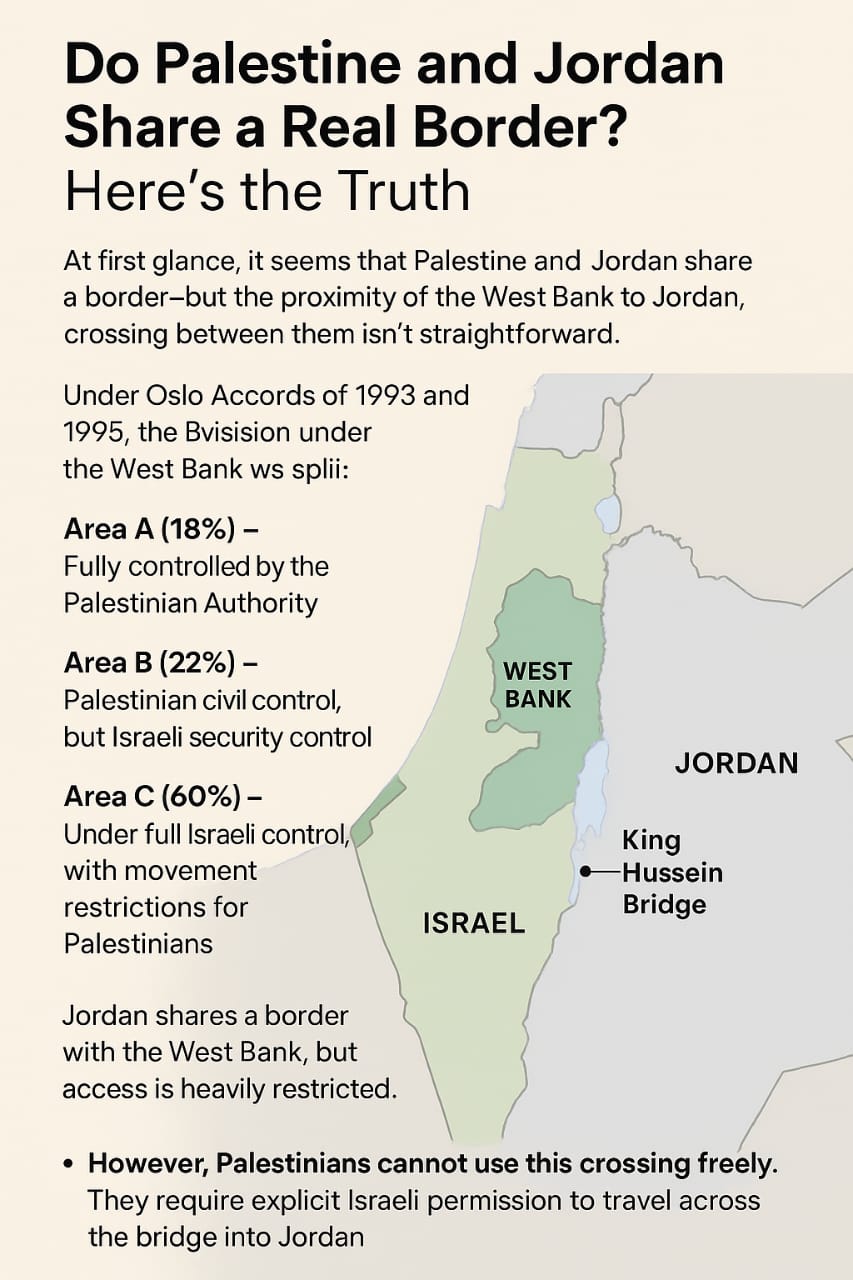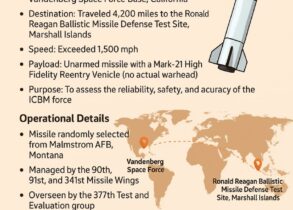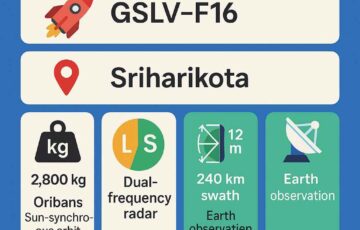Do Palestine and Jordan Share a Real Border? Here’s What You Need to Know
Do Palestine and Jordan Share a Real Border? Here’s What You Need to Know
Maps often give the impression that the Palestine Jordan border is a direct and open land boundary, especially along the eastern edge of the West Bank. But if you’re wondering whether Palestinians can freely cross into Jordan or if the border functions like any typical international boundary between countries Israel shares borders with—the answer is far more complex. Understanding the intricacies of the Israel borders, including the Israel Jordan border, is crucial to grasping the reality of the Palestine-Jordan border situation.
Let’s break it down.
- Palestine: A Divided Territory
- Palestine is not a single continuous landmass. It’s split into two main areas:
- The Gaza Strip: Located along the Mediterranean coast and bordering Egypt and Israel.
The West Bank: Situated to the east of Israel and adjacent to Jordan.
It’s the West Bank that lies along the Jordan River, technically creating a shared border with Jordan. But appearances can be misleading. The Palestine to Israel distance varies depending on the specific location, but the proximity of these territories plays a significant role in the complex border dynamics. Similarly, the distance between Israel and Jordan is an important factor in understanding the geopolitical landscape of the region and its impact on Israel’s neighboring countries.
The Oslo Accords and West Bank Division
In the early 1990s, the Oslo Accords (1993 and 1995) redefined control over the West Bank. The area was divided into three zones:
- Area A (18%) – Fully governed by the Palestinian Authority.
- Area B (22%) – Shared governance; Palestinians handle civil affairs, Israel oversees security.
- Area C (60%) – Fully controlled by Israel. This includes most of the Israel Jordan border.
In Area C, which covers the majority of the Jordan-facing region, Israel exercises full authority over security, infrastructure, and movement. Palestinians living here need Israeli approval for nearly everything—construction, travel, and even basic utilities.
The King Hussein Bridge: A Controlled Gateway
While the West Bank does share a geographical border with Jordan, the only official Jordan River crossing point is the King Hussein Bridge (also called the Allenby Bridge). It’s located in the northern section of the West Bank and is heavily monitored by Israeli authorities.
The King Hussein Bridge serves as the main exit point for Palestinian travel to Jordan. However, Palestinians cannot use it freely. They must obtain special permission from Israel, even to cross into another neighboring Arab country. The crossing procedures involve strict visa and immigration checks, as well as specific entry requirements for both sides.
So, although Jordan and the West Bank are physically connected, the border functions more like a checkpoint, rather than a standard international crossing. Travelers should be prepared for exit taxes, border fees, and thorough customs inspections. The process involves passing through both an Israeli-controlled terminal and a Jordanian terminal, with a shuttle bus service connecting the two.
Why the Palestine–Jordan Border Remains Restricted
The tight control over the Israel Palestine border stems from a mix of security concerns, political negotiations, and ongoing conflict between Israel and Palestine. Israel maintains control over who enters and exits the West Bank, fearing potential threats and unauthorized movements.
This means that the Palestinian–Jordanian border is not truly open in the way most international borders are. It remains heavily regulated, contributing to the wider challenges faced by Palestinians in their daily mobility and international access. The Jordan vs Israel dynamic plays a significant role in this border control situation, affecting not only Palestine but also other countries Israel shares borders with.
Crossing the Border: What to Expect
For those planning to cross the border at the King Hussein Bridge (Allenby Bridge), it’s essential to be prepared for a complex process:
Obtain necessary travel documents, including a visa and stay permit, in advance. Immigration procedures are strict and thorough. A tourist visa may be required depending on your nationality and purpose of visit.
Be ready for thorough security checks, passport control, and luggage inspection.
Expect to pay exit taxes and various border fees. An exit tax stamp is required for leaving the territory.
Consider using VIP service for a smoother, albeit more expensive, crossing experience. VIP service can expedite the process significantly, reducing waiting times and providing personalized assistance.
Be aware of the shuttle bus system between the Israeli and Jordanian border terminals. The shuttle bus is the only way to travel between checkpoints.
Familiarize yourself with the Jordan Pass if you plan to visit Jordan as a tourist.
Remember that crossing procedures can change, and travel restrictions may be implemented with little notice. Always check the most up-to-date information before your journey. VIP service options are available for those seeking a more streamlined experience, but they come at an additional cost.
Final Thoughts
Yes, Palestine and Jordan technically share a border along the Jordan River—but politically and practically, the situation is deeply restricted. With Israeli control over key areas and crossings, the Palestinian-Jordanian connection is tightly managed and often frustrating for those who rely on it.
Understanding these nuances is essential to grasping the broader reality of the Israeli-Palestinian conflict, and why even geographical facts on a map of Jordan border countries don’t always reflect the on-ground truth. The Israel-Jordan border and the Israel-Palestine border are complex entities that go beyond simple lines on a map, reflecting the intricate geopolitical landscape of the region.
Whether you’re a traveler planning to visit these areas or simply seeking to understand the complexities of Middle Eastern borders, it’s crucial to recognize that the situation on the ground often differs significantly from what maps might suggest. The Palestine-Jordan border serves as a poignant example of how political realities can shape and restrict geographical connections, impacting everything from immigration procedures to the practical implications of the Palestine to Israel distance and the dynamics between Israel and its neighboring countries.










